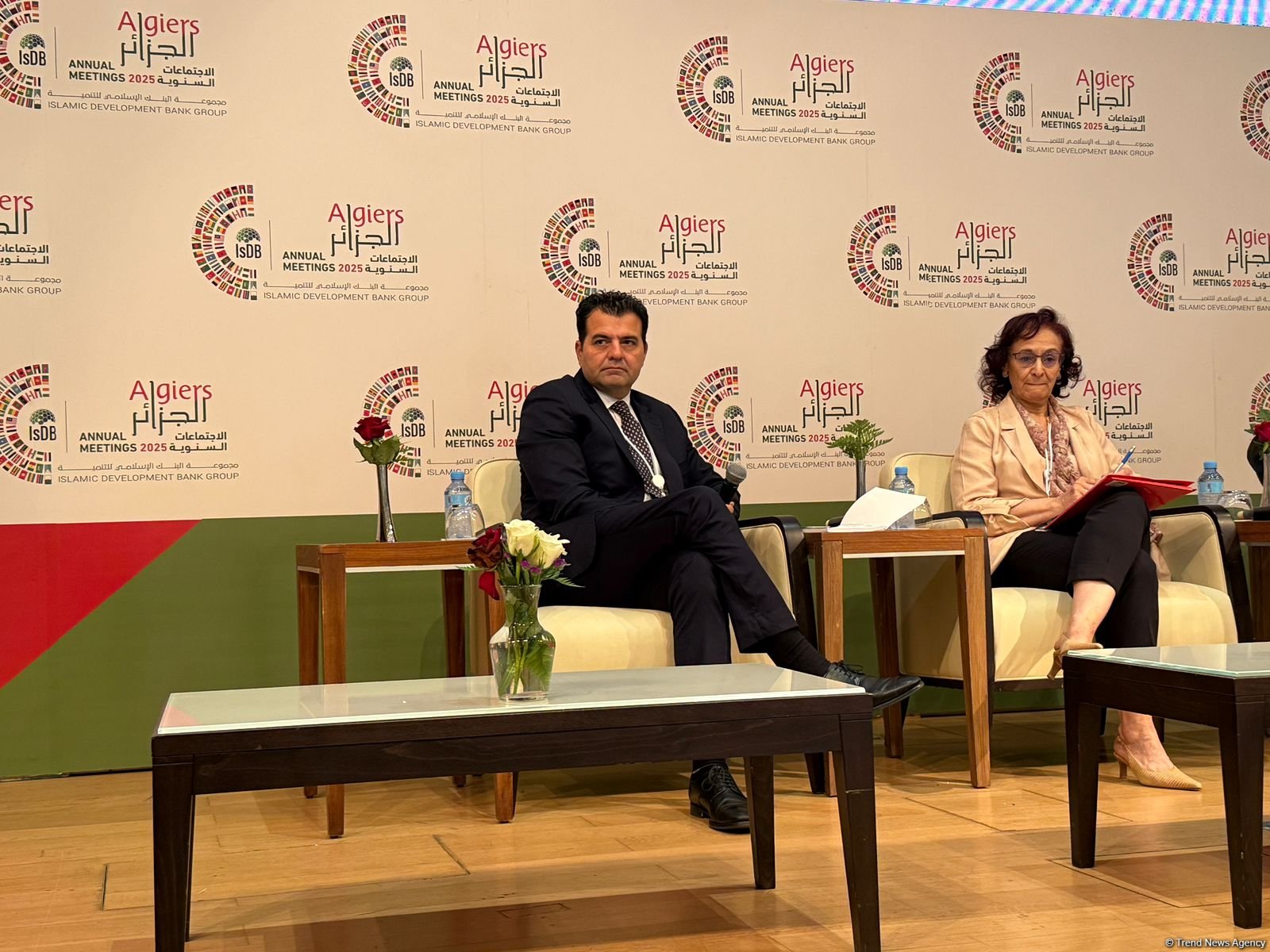ALGIERS, Algeria, May 21. Sukuk issued in local currencies play a vital role in managing liquidity, controlling inflation, and attracting both domestic and international investors, said Mohammad Sharaf, Treasurer of the Islamic Development Bank (IsDB), Trend’s special correspondent reports.
Speaking at the panel discussion “Sovereign Sukuk: A Strategic Lever for National Financing”, held during the annual meetings of the IsDB Group in Algiers, Sharaf emphasized the strategic benefits of starting sukuk programs in local currency.
“Any issuance usually begins with sukuk in the national currency, and there are many reasons for that. Such issuances help absorb domestic liquidity, control inflation, and support Islamic banks in managing liquidity and the turnover of their asset base.
Countries can attract international investors even when issuing sukuk in local currency. The advantage lies in the regulated interest rates, and investors assess whether there is a yield difference between the issuing country and other emerging markets. Many countries, such as Indonesia and Malaysia, started with local currency issuances, which are sometimes preferable to international ones,” he noted.
He drove home the point that it’s crucial to nail down whether the aim of sukuk issuance is to cultivate a homegrown financial landscape or to cast a wider net for investors.
“A significant portion of liquidity is concentrated among retail investors. Even when instruments target institutional investors in the ‘Global South,’ much of the budget financing comes from absorbing the abundant liquidity in southern Islamic countries. Often, this capital is held offshore, and governments essentially bring it back through these issuances.
I believe that if a country is beginning its sukuk experience, it should start with its own currency. It’s the right approach — building a so-called yield curve in the national currency, which plays a crucial role in the broader financial system,” Sharaf explained.
Additionally, Sharaf emphasized the significance of underlying assets.
“The sukuk market is closely tied to the real economy — this is its main strength. For a successful issuance, it is essential to have real assets linked to the country’s economy. Before entering the international market, issuers should establish a foundation domestically, using existing national assets and refining their financing model,” he said.
He described the local market as a launchpad: “Only after establishing a solid track record and a national yield curve can a country consider expanding to international markets.”
Sharaf remarked that while certain overseas investors exhibit reluctance to initially invest in local currencies, sukuk denominated in the national currency has garnered a favorable reception in nations such as Indonesia. This is mostly attributable to the interest rate disparity between emerging markets and issuing nations.
“Moreover, a large share of liquidity in the Islamic world lies with retail investors. Local sukuk issuances can tap into this potential and channel it into treasury financing and economic development,” he stated.
Sharaf reiterated the critical role of real assets in sukuk issuance.
“Sukuk must be linked to the real economy, and having an underlying asset ensures the issuance is backed by a real income source. In practice, countries usually begin by listing various projects or assets — whether in energy, transport, or other economic sectors — that already generate revenue. Then they assess which assets are truly market-linked and appealing to investors. These assets must have sufficient resources and be investment-worthy,” he concluded.
Stay up-to-date with more news on Trend News Agency's WhatsApp channel







